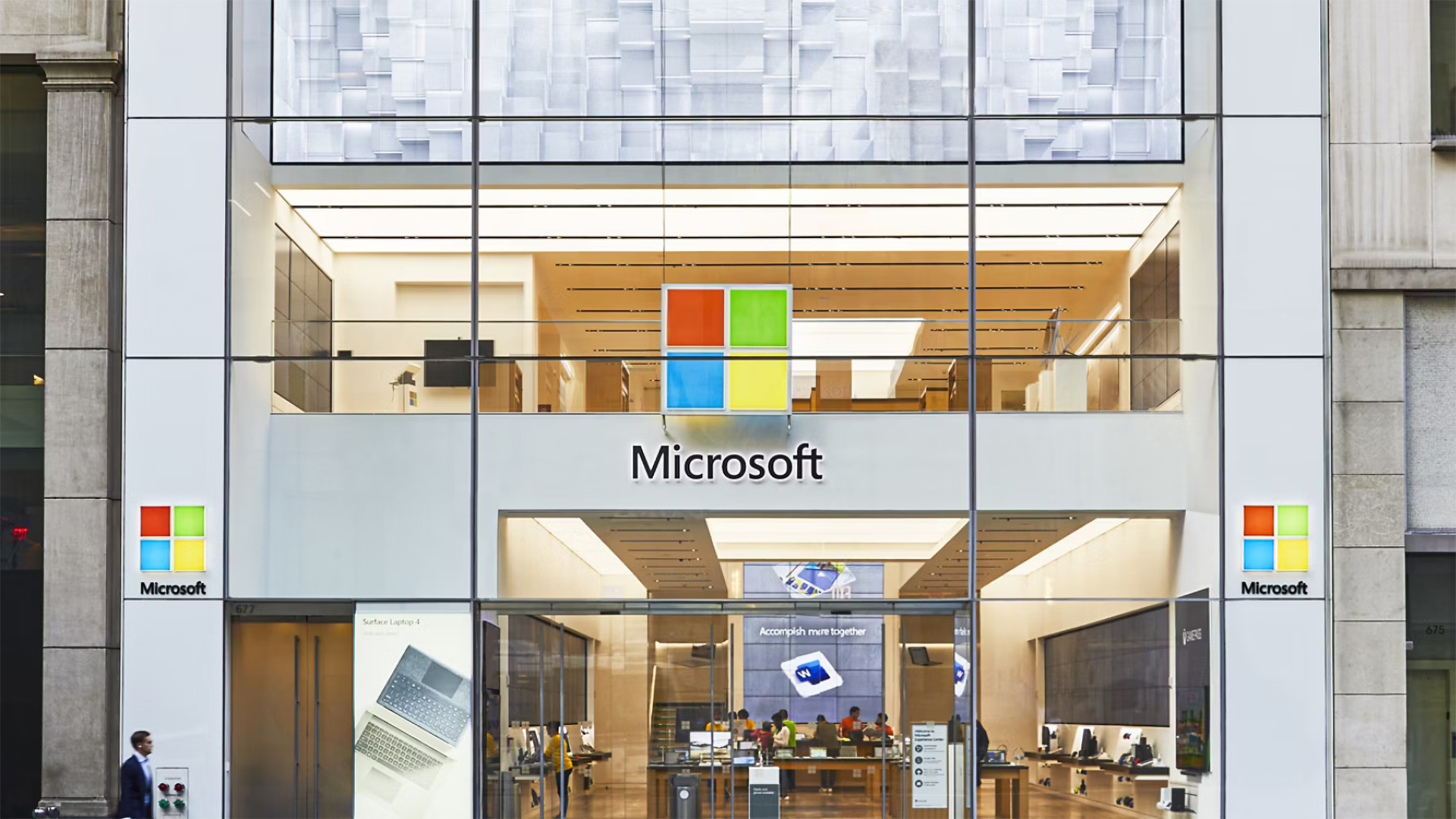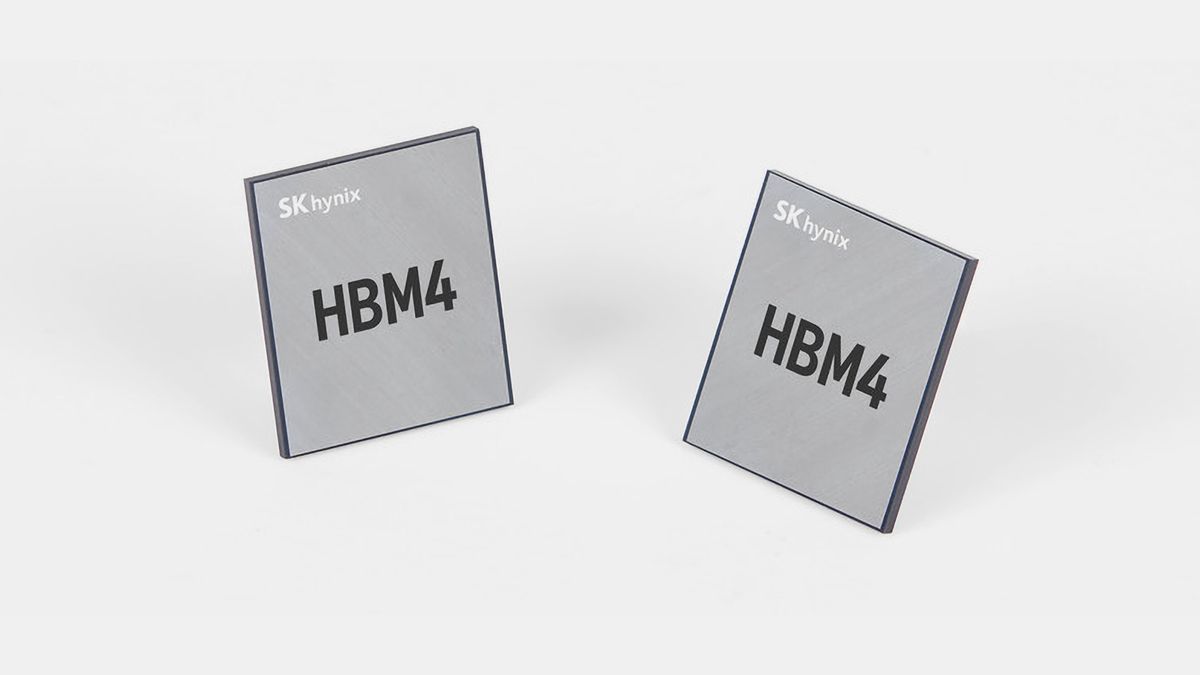Microsoft on Thursday reached a $4 trillion market valuation, becoming the second company in history to do so, following Nvidia hitting the same milestone earlier in July. The achievement comes amid strong earnings for the fiscal 2025, soaring demand for cloud services, the company's aggressive push into artificial intelligence, and the upcoming end of Windows 10 support, which may catalyze upgrades, reports Yahoo! Finance.
For the year ended June 30, 2025, Microsoft reported annual sales of $281.7 billion, marking a 15% rise from the prior year. Azure surpassed $75 billion in revenue, up 34% compared to the previous year, driven by growth across all workloads. Operating income reached $128.5 billion, growing 17% year-over-year, and net income came in at $101.8 billion, up 16% compared to FY2024.
AI and cloud drive Microsoft revenue
In its most recent quarterly results, Microsoft reported particularly strong performance in its cloud division — the Intelligent Cloud unit — which earned $29.9 billion, indicating growing reliance of enterprise clients on Microsoft's infrastructure offerings.
A major contributor to this growth has been Microsoft's partnership with OpenAI. The company's cloud services power OpenAI's models, while OpenAI's technology is embedded throughout Microsoft's products, including Azure and tools aimed at consumers. In fact, Microsoft is probably a leader in applied AI technologies as it is consistently expanding its use of AI across its product ecosystem. Microsoft's Copilot / Copilot+ assistant is being integrated into tools like Microsoft 365, the Edge browser, and the Windows operating system.
Since the release of ChatGPT in November 2022, Microsoft's stock price has more than doubled, reflecting investor confidence in its AI and cloud strategies. OpenAI has also benefited financially, as the company now earns around $10 billion in annual revenue, according to a CNBC report.
Despite its deep ties to OpenAI, Microsoft is building out its own AI capabilities, which highlights Microsoft's intent to reduce dependence on external providers. It has introduced the Phi series of models and is working on a large-scale system called MAI-01, intended to rival advanced offerings from both OpenAI and Google.
However, tensions have emerged between OpenAI and Microsoft over governance issues. Specifically, discussions are ongoing regarding OpenAI's transition to a public benefit corporation, overseen by its nonprofit parent, which has complicated the dynamics of the alliance between Microsoft and OpenAI.
To support this expansion, Microsoft is planning a major financial commitment. In 2025, the company aims to invest $80 billion into AI infrastructure and development. Even with such aggressive spending, internal forecasts suggest that user demand is still exceeding available resources, which is another factor that drives investor interest toward Microsoft, in expectation of strong demand.
Preparing for Windows 10 EOL
On the Windows side of matters, Microsoft is preparing for the upcoming end-of-support for Windows 10, scheduled for October. The shift is expected to drive increased adoption of Windows 11, which will in turn drive sales of Microsoft, as users and organizations need to stay up to date with supported systems and features. However, for now it is hard to estimate the impact of Windows 10 end-of-support on Microsoft's earnings.
Unlike some other American high-tech companies, Microsoft has not been heavily impacted by trade policy shifts under the new Administration. Partners of Apple, AMD, Nvidia, and dozens of hardware companies are facing pressure to relocate their manufacturing operations from China and other Asian countries either back to the U.S., or somewhere close, or pay tariffs. By contrast, Microsoft has mostly been immune to such issues so far.
Follow Tom's Hardware on Google News to get our up-to-date news, analysis, and reviews in your feeds. Make sure to click the Follow button.

 4 months ago
69
4 months ago
69






 English (US) ·
English (US) ·